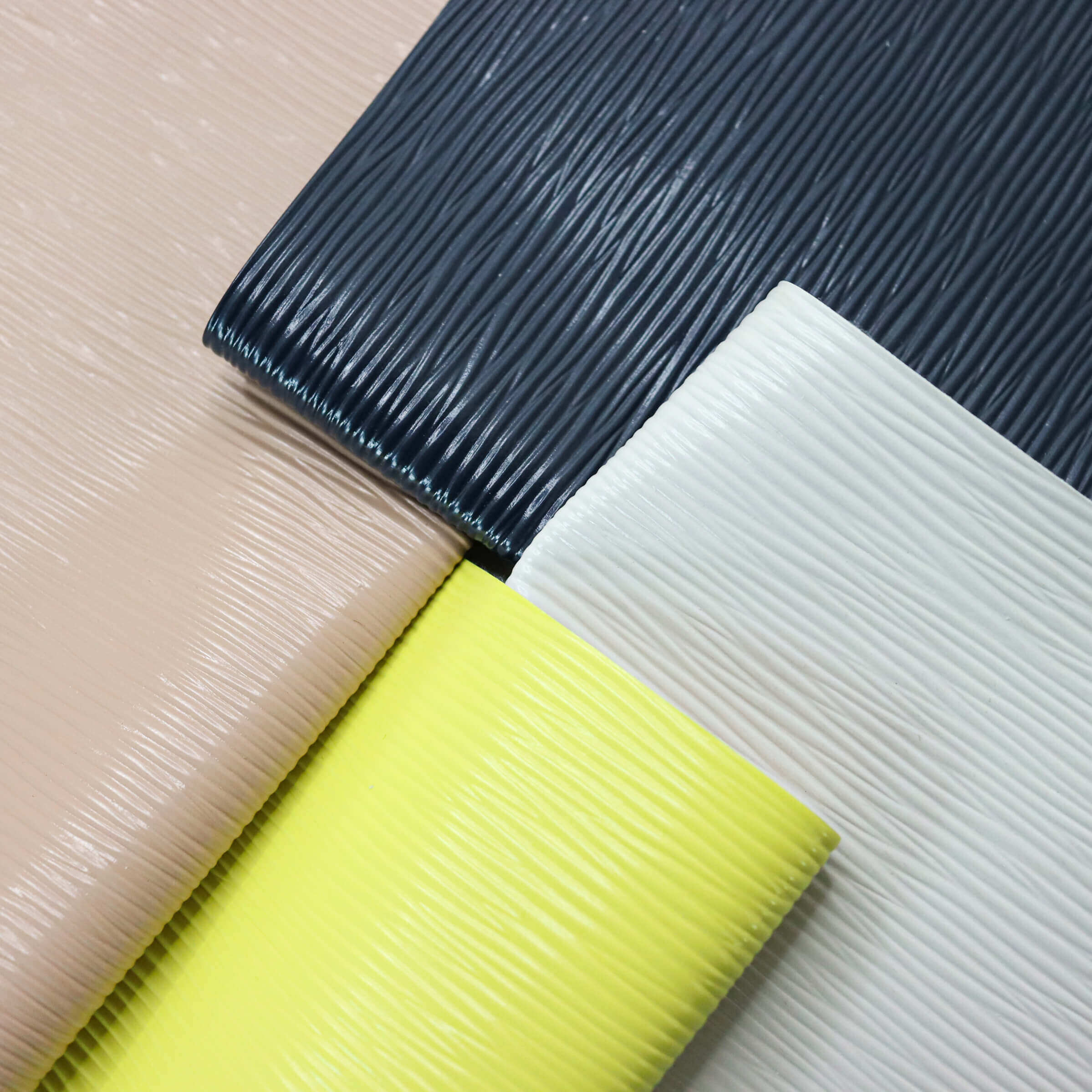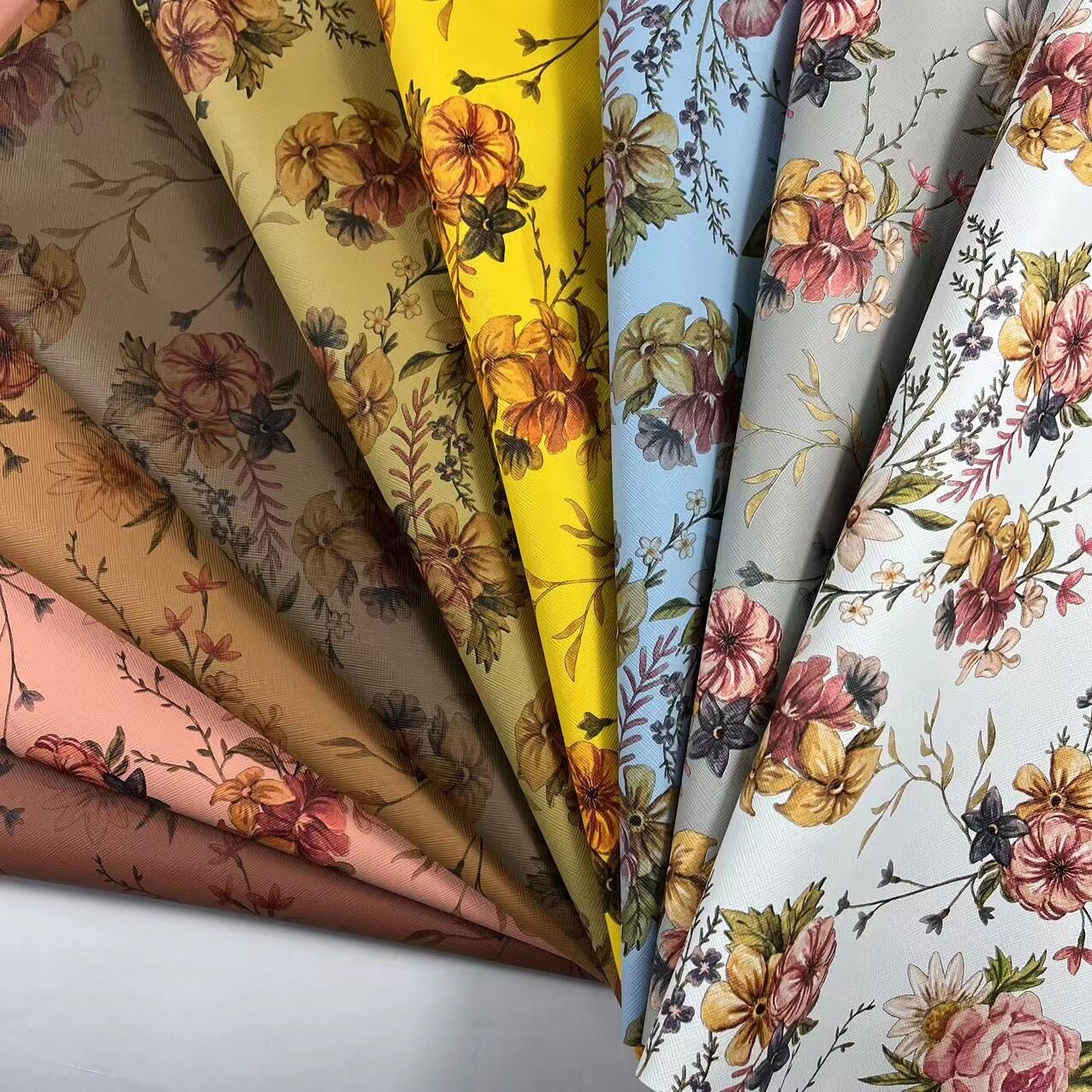Email format error
Email cannot be empty
Email already exists
6-20 characters(letters plus numbers only)
The password is inconsistent
Email format error
Email cannot be empty
Email does not exist
6-20 characters(letters plus numbers only)
The password is inconsistent

News

What Is the Difference Between PU Leather and Synthetic Leather
What is the difference between PU leather and synthetic leather? Are you looking for a high-quality alternative to genuine leather that is both durable and affordable? If so, understanding the distinctions between PU leather and synthetic leather is crucial. In this comprehensive article, we will delve into the world of artificial leather, exploring the key dissimilarities, benefits, drawbacks, and environmental impact of both PU leather and synthetic leather.
1. PU Leather vs. Synthetic Leather: Understanding the Basics
PU leather, also known as polyurethane leather, is a type of artificial leather made by applying a coating of polyurethane to a base material. On the other hand, synthetic leather is a broad term that encompasses various materials such as PVC leather, microfiber leather, and other polymer-based fabrics designed to mimic the appearance and feel of genuine leather.
2. Quality and Durability
When it comes to quality and durability, PU leather is generally considered superior to synthetic leather. PU leather is more flexible, breathable, and resistant to wear and tear compared to synthetic leather. It also tends to age better and develop a natural patina over time, similar to genuine leather. In contrast, synthetic leather can be prone to cracking and peeling, especially with prolonged use.
3. Cost-Effectiveness
One of the primary advantages of both PU leather and synthetic leather is their affordability compared to genuine leather. However, PU leather is usually slightly more expensive than synthetic leather due to its higher quality and durability. In the long run, investing in PU leather may be more cost-effective as it tends to last longer and require less maintenance.
4. Environmental Impact
When it comes to environmental sustainability, both PU leather and synthetic leather have their drawbacks. PU leather, while more durable and higher quality, is made from polyurethane, a synthetic material that is derived from petroleum. On the other hand, synthetic leather, such as PVC leather, is made from polyvinyl chloride, a plastic that is known to be harmful to the environment during production and disposal.
5. Aesthetics and Texture
In terms of aesthetics and texture, PU leather often closely resembles genuine leather, with a soft, supple feel and a natural-looking appearance. Synthetic leather, on the other hand, can vary widely in texture and appearance depending on the specific material used. While some synthetic leathers may look and feel quite similar to real leather, others may have a more artificial or plastic-like texture.
6. Cleaning and Maintenance
Both PU leather and synthetic leather are generally easy to clean and maintain, requiring simple care routines such as wiping with a damp cloth and using mild soap if necessary. However, PU leather may be more resistant to stains and spills due to its higher quality and protective coating.
7. Conclusion
In conclusion, while PU leather and synthetic leather are both viable alternatives to genuine leather, they have distinct differences in terms of quality, durability, cost-effectiveness, environmental impact, aesthetics, and maintenance. When choosing between the two, consider your priorities and preferences to select the option that best suits your needs. Whether you opt for the higher quality and longevity of PU leather or the affordability of synthetic leather, both materials can provide a stylish and sustainable choice for your fashion and furniture needs.
By understanding the nuances between PU leather and synthetic leather, you can make an informed decision that aligns with your values and requirements.

